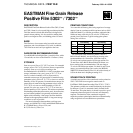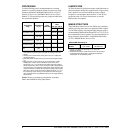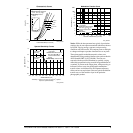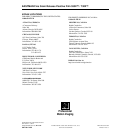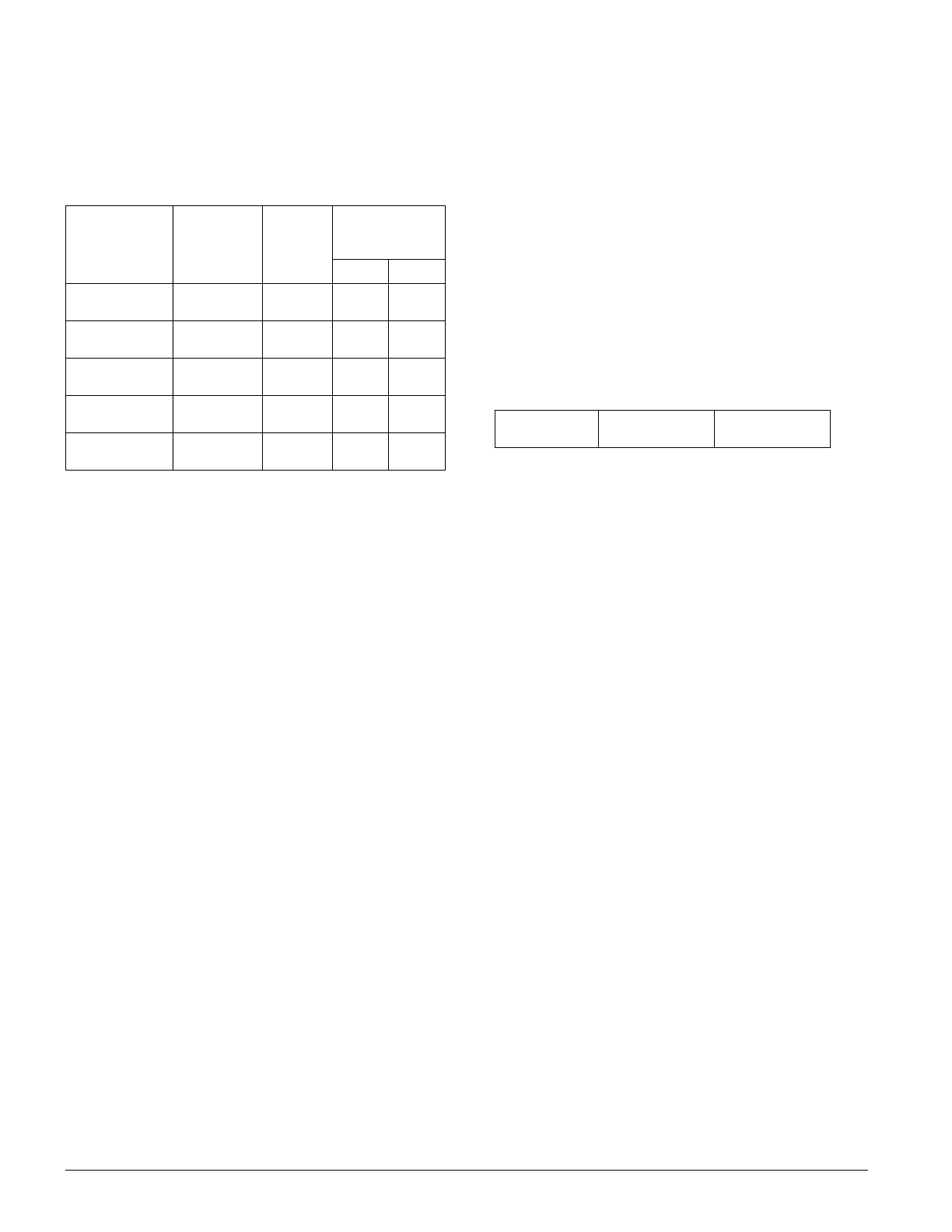
2 EASTMAN Fine Grain Release Positive Film 5302™ / 7302™ • H-1-5302
PROCESSING
Use the following process recommendations as starting
points for a typical continuous-immersion processor using
formulas presented in KODAK Publication No. H-24.15,
Manual for Processing EASTMAN Motion Picture Films,
Module 15. The processing times may require modification
for a particular machine.
Notice: Observe precautionary information on product
labels and on Material Safety Data Sheets.
Processing
Step
Temperature
˚C (˚F)
Time
(min:sec)
Replenishment
Rate
(mL per 100 ft)
35 mm 16 mm
KODAK
Developer D-97*
* Agitation in the developer and in the fixing bath should be by
recirculation through submerged spray jets that impinge on the film
strands.
21 ± 0.3
(70 ± 0.5)
†
† Develop to the recommended control gamma of 2.4 to 2.6 Status M
Densitometry (Blue).
650
(D-97R)
325
(D-97R)
Stop Rinse‡
‡ Fixer-laden water overflow from the first wash tank (pH approximately
6.0).
21 ± 1
(70 ± 2)
0:50 12,000 6,000
KODAK
Fixing Bath F-5*
21 ± 1
(70± 2)
6:00 600 300
Wash
(countercurrent)
21 ± 1
(70 ± 2)
10:00 12,000 6,000
Dry
35
(95)
§
§ Drying depends on many factors such as air temperature, relative
humidity (RH), volume, rate and distribution of the air flow, final
squeegeeing, etc. In a conventional convectional-type drying cabinet
with air at about 35˚F (95˚C) and 40- to 50-percent RH, drying will take
15 to 20 minutes. In an impingement-typedrying cabinet, however, with
a highertemperature andlower RH,drying timeis greatlyreduced. WIth
either type of dryer, the film should be dry without tackiness
1
⁄
2
to
2
⁄
3
of
the way through. Upon cooling to room temperature after leaving the
dryer,the filmshould beatequilibrium withthe roomair atapproximately
50-percent RH.
——
LUBRICATION
All films destined for projection require some lubrication to
prevent problems during early projection life. Edge waxing
with a paraffin wax solvent solution provides a simple,
inexpensive, and adequate lubrication for 35 and 70 mm
projection prints. For 8 and 16 mm prints, an overall
lubricant may be required.
IMAGE STRUCTURE
The modulation-transfer curves, the diffuse rms granularity,
and the resolving power data were generated from samples
of 5302 Film exposed with tungsten light and processed as
recommended in KODAK Developer D-97 at 21˚C (70˚F) to
the recommended control gamma. For more information on
image-structure characteristics, see KODAK Publication
No. H-1, KODAK Motion Picture Film.
Diffuse RMS Granularity* 8
* Read at a net diffuse visual density of 1.0, using a 48-
micrometre aperture.
Resolving
Power†
† Determined according toa method similar tothe one described
in ISO 6328-1982,
Photography—Photographic Materials—
Determination of ISO Resolving Power.
TOC 1.6:1
TOC 1000:1
63 lines/mm
125 lines/mm



